Mobile Wars: 10 Smartphone Trends In The Enterprise Market

Mobile Trends In The Enterprise
While the consumer market plays a significant role in the mobile space, enterprise customers also drive smartphone sales.
Good Technology's Mobility Index Report, which was recently released, shows just how important the enterprise is for smartphones.
The Mobility Index Report, which is based on data aggregated from more than 6,200 organizations in 189 countries, outlines how well smartphone operating systems, like iOS, Android and Windows Phone, are doing with enterprise customers and in specific verticals, such as the financial, government and health-care markets.
Following are 10 mobile trends in the enterprise market, according to Good Technology, for solution providers with service portfolios revolving around mobile device management and mobile security.
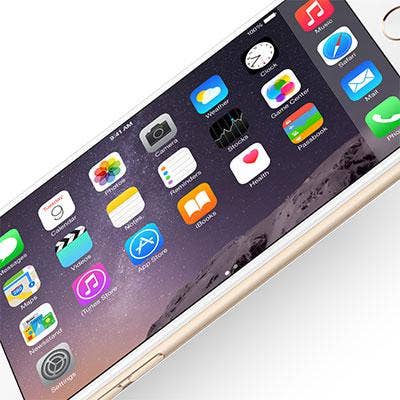
1. iOS Enterprise Market Share
In terms of overall device activation, Apple's operating system iOS retained the top spot in the second quarter, according to Good Technology.
iOS took 64 percent of the market share, though its share dropped in the second quarter from the first quarter, in which it took 70 percent of all device activations.
iOS contains several features that make it appealing to the enterprise, including enterprise in-house apps and AppleCare OS Support. In addition, Apple and IBM have partnered to deploy IBM MobileFirst for iOS solutions, which include iOS apps, management capabilities and AppleCare for the enterprise.
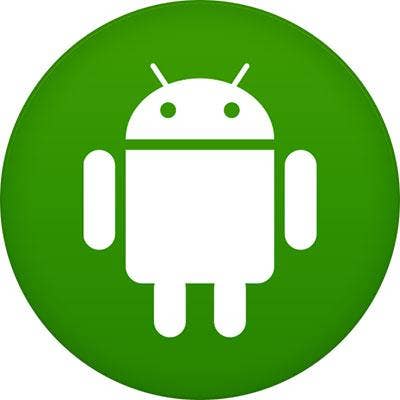
2. Android Enterprise Market Share
Android followed iOS as the second-most-popular operating system to be activated among enterprise client devices in the second quarter.
According to Good Technology, Android took 32 percent of the market share, growing from its first quarter share of 26 percent.
In March, Google amped up its enterprise drive by releasing Android For Work, a containerization platform app that allows IT administrators to separate corporate and personal workspaces on Android smartphones and tablets. However, there are still significant security concerns surrounding the Android platform. The Stagefright vulnerability, for instance, which compromised devices through malicious coding sent in a Multimedia Messaging Service video, hit Google in July.

3. Windows Enterprise Market Share
Behind iOS and Android in the enterprise is the Windows OS, including Windows Phone.
The Windows desktop operating system took 3 percent of the enterprise device share, while Windows Phone activations took 1 percent, in the second quarter.
Windows Phone activations remained unchanged from the past quarter, but Microsoft is reportedly working to change that with the rumored release of two new flagship devices, code named Cityman and Talkman, in the coming month.

4. iOS In Regulated Industries
According to Good Technology's study, iOS maintained strength above Android in regulated industries and vertical markets.
For instance, iOS devices made up 79 percent of all public sector activations, 70 percent of health-care activations, and 65 percent of insurance-related activations.
iOS also maintained its strength in the education vertical, making up 76 percent of all activated devices in that industry, and 63 percent of financial services activations.

5. High-Tech Sectors For Android
While iOS devices were popular among regulated industries, high-tech sectors had a higher preference for Android devices, according to Good Technology.
In the second quarter, Android moved ahead of iOS in high-tech, making up 53 percent of device activations.
Android activated devices also were popular among the energy and manufacturing industries, with 48 percent and 42 percent of activations, respectively.
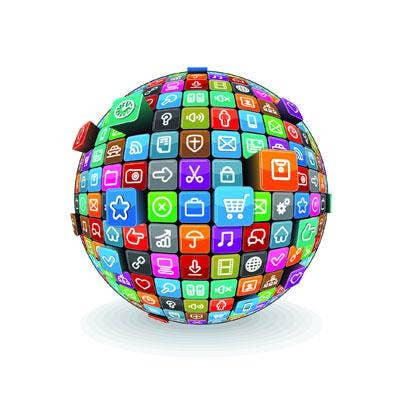
6. Secure Browsing App Success In Enterprise
In the enterprise, secure browsers led all app category deployments, according to Good Technology.
Secure browser represented 21 percent of all apps deployed by organizations, showing the growing demand for secure access to the corporate intranet among businesses.
Other popular apps deployed among organizations included custom apps and secure IM ability apps. The popularity of these apps show how organizations are increasingly mobilizing their custom business processes as they move toward higher mobile maturity, according to Good Technology.
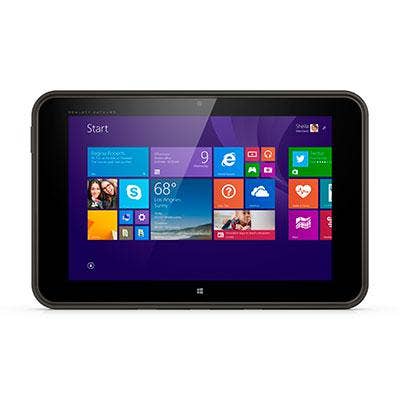
7. Android And Windows Success In Tablets
In tablets, iOS once reigned the dominant operating system. However, in the second quarter, that dynamic has changed, according to Good Technology.
iOS tablet activations fell from 81 percent in the first quarter to 64 percent in the second quarter. Meanwhile, Android-based tablet activations grew from 15 percent in the first quarter to 25 percent in the second quarter. Windows also increased from 4 percent of tablet activations in the first quarter to 11 percent in the second quarter.
According to Good, the slowdown of iPad activations stems from laptop sales eating into the tablet market.

8. Custom Apps Increasingly Popular In Various Industries
More vertical market industries are beginning to adopt custom apps in the second quarter as businesses adopt mobility.
Up to 32 percent of insurance industry apps, for example, were custom apps. Twenty-nine percent of financial service businesses also adopted custom apps, up from the first quarter's 18 percent. Meanwhile, energy and utility businesses adopted custom apps at a rapid pace in the second quarter, with adoption in these industries up to 49 percent.
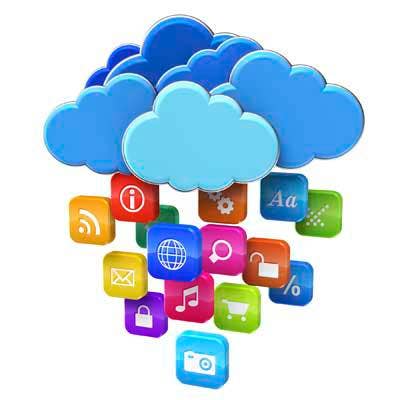
9. Organizations Adopting Multiple Apps
Enterprise organizations are adopting multiple apps for deployment in addition to email, according to Good Technology.
Overall, the average organization used 3.43 apps, as well as email, in the second quarter. Sixty-seven percent of businesses have deployed two or more apps in addition to email, while 21 percent of enterprise businesses have deployed five or more apps. Finally, 5 percent of businesses have deployed 10 apps or more.
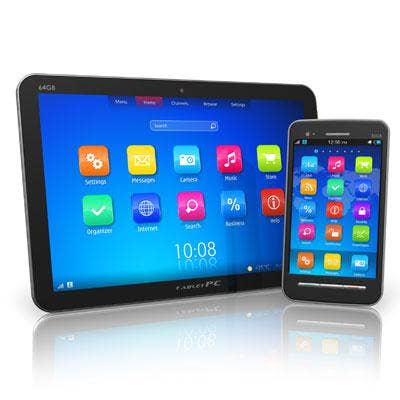
10. Document Workflows In The Public Sector
Good Technology found that more public sector organizations are mobilizing document workflows showing how they are are using productivity apps on their mobile devices.
For example, 47 percent of app activations in the public sector were for document editing apps, while 23 percent were document access apps.
Government agencies are able to utilize these mobile processes to improve e-government services.